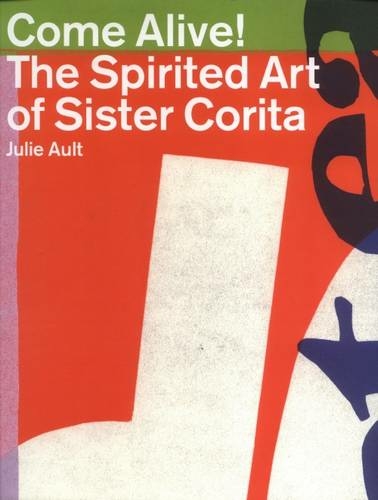| Art | Biography |
| Children’s | Education |
| Graphic Novel | History |
| Investigative Journalism | Literature |
| Philosophy | Picture Book |
| Poetry | View All |
Who we are
We came together to create the Birmingham Resistance Library for people of all ages because we understand that knowledge belongs to and is the responsibility of everyone. We are custodians and users of the library. Facilitators and participants. We are committed to learning with others.
We envision that the library will organically grow out of dialogue with its community of readers and stakeholders. The library will be used as a site of thinking, planning, imagining and activating modes of resistance. We hope that young people, teachers and grandparents, community groups and political organisations will be able to use the library as a place to exchange and debate ideas.
We aim to maintain the library communally and review our working processes periodically. This will allow for new people, books, and ideas to flow through and contribute to how the project forms and grows. We have been trusted with a collection of books and pledge to look after them and allow community access to them. We invite people to activate the collection by browsing and borrowing books. We trust people to take care of and return the books, helping to maintain the library as our shared community resource.








